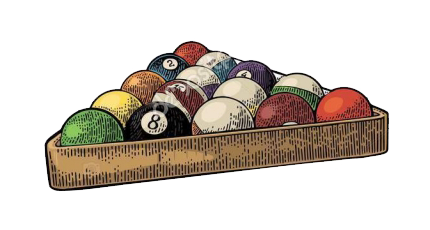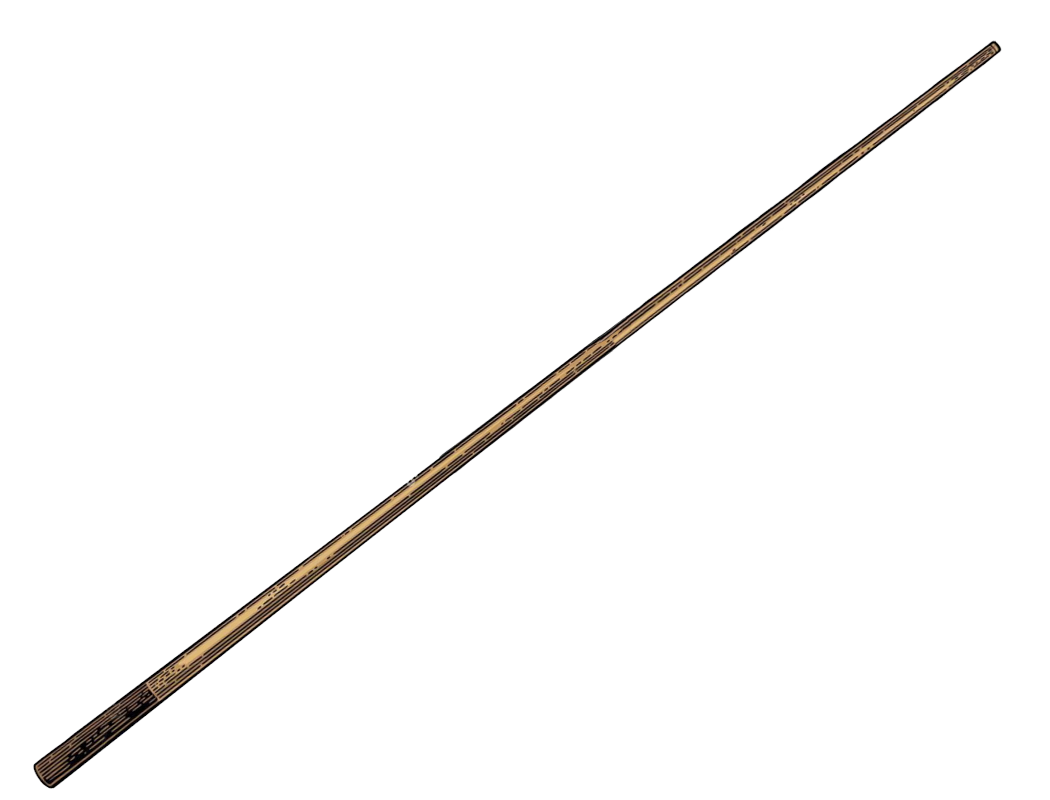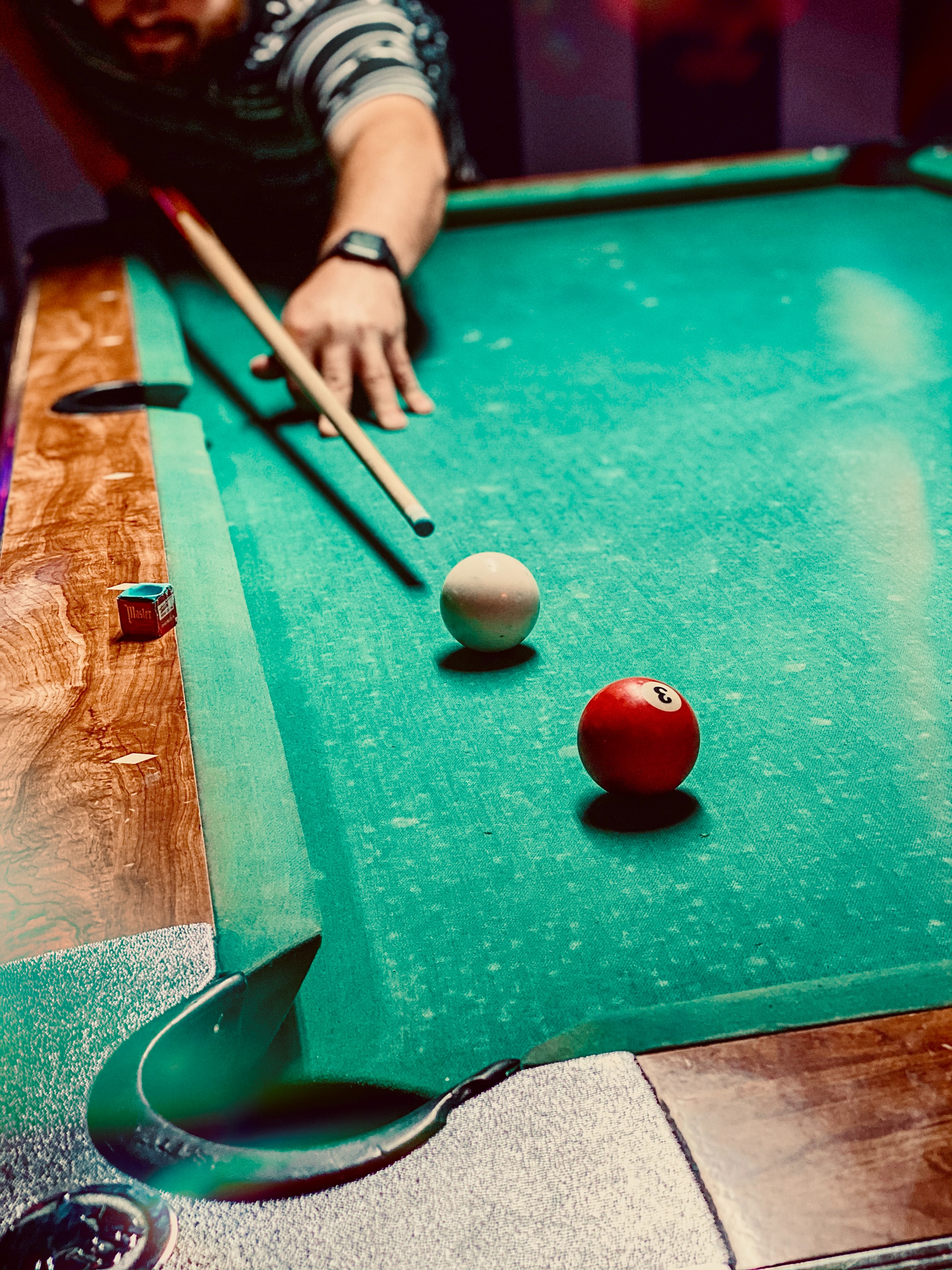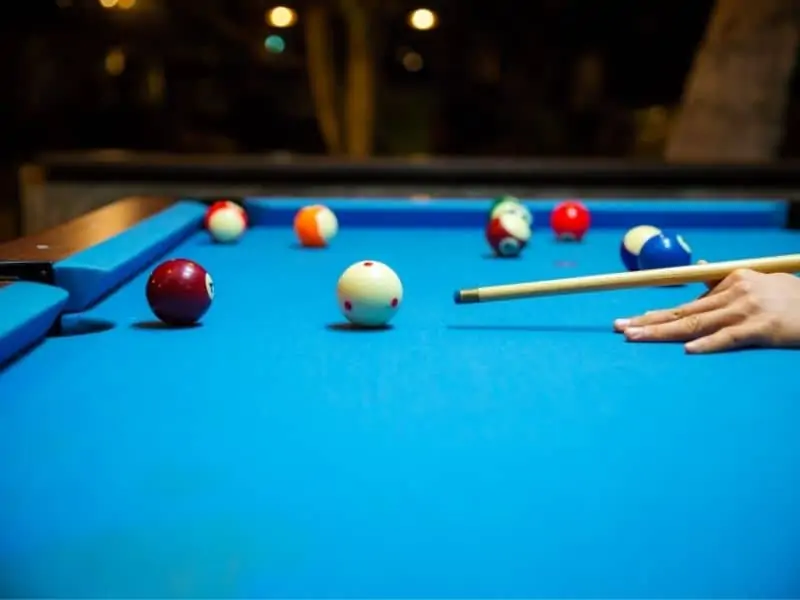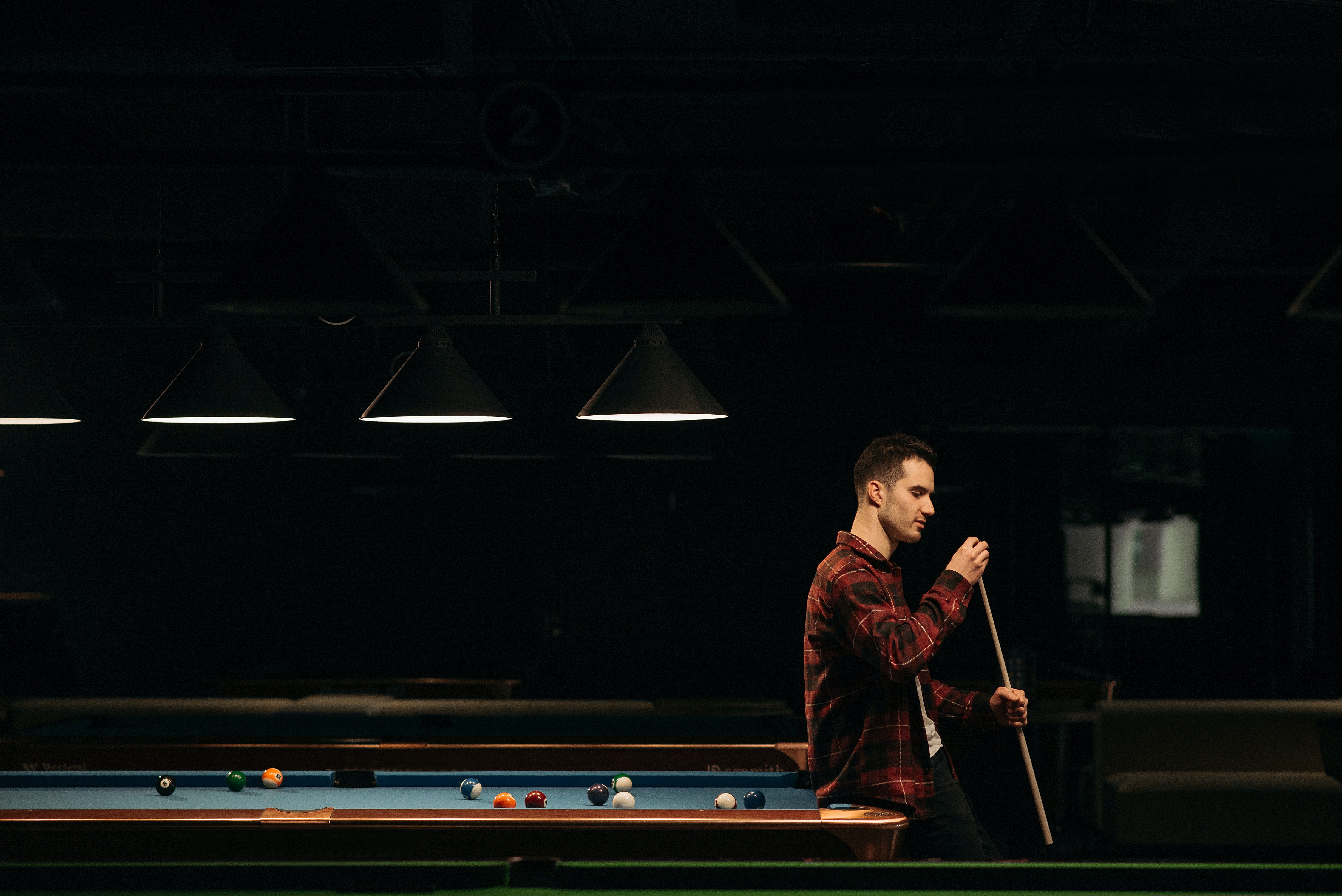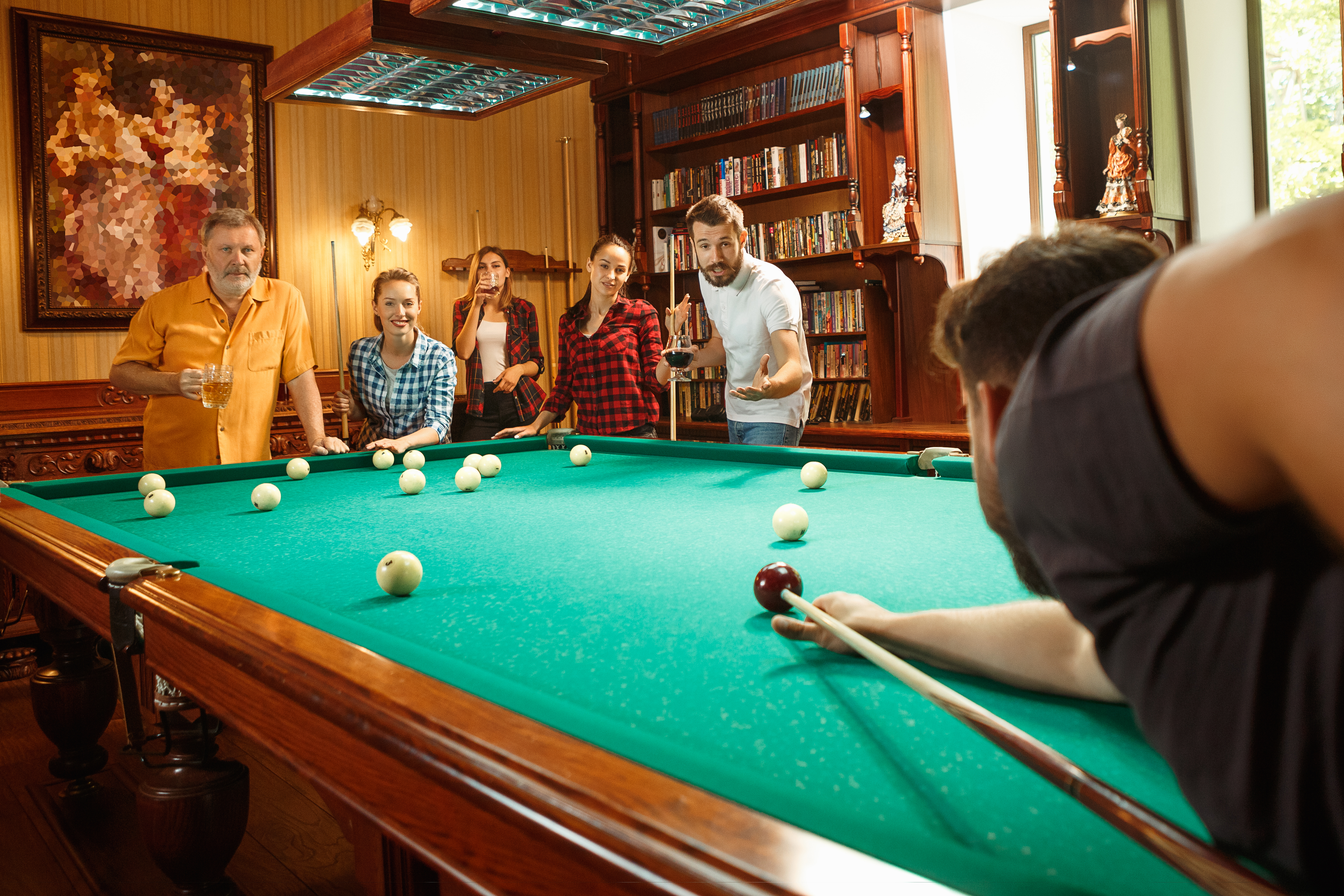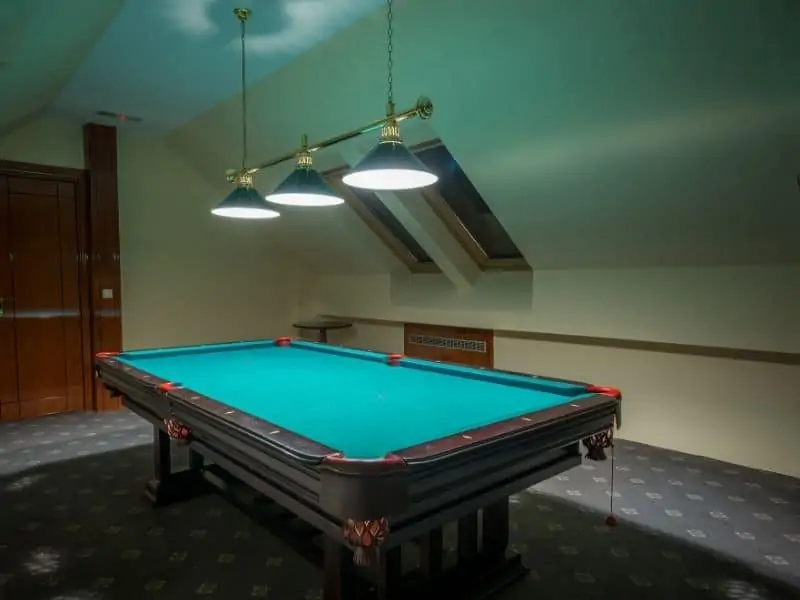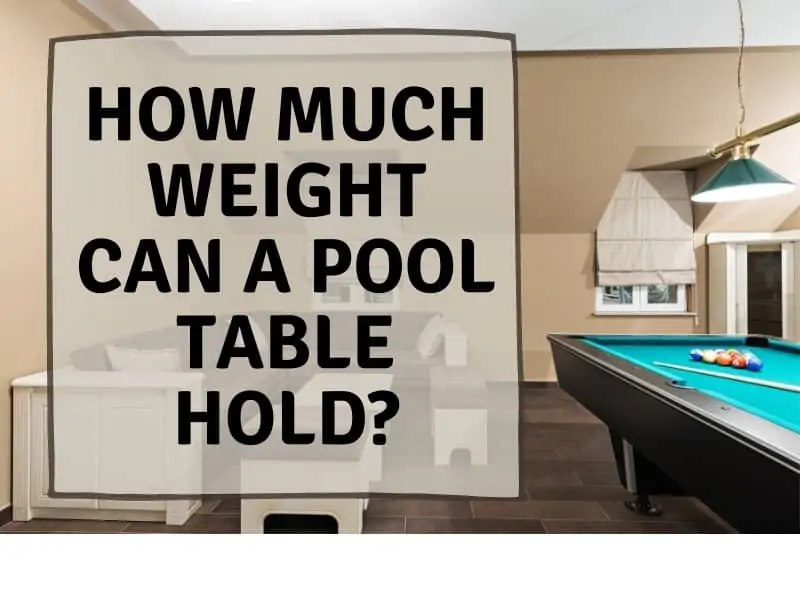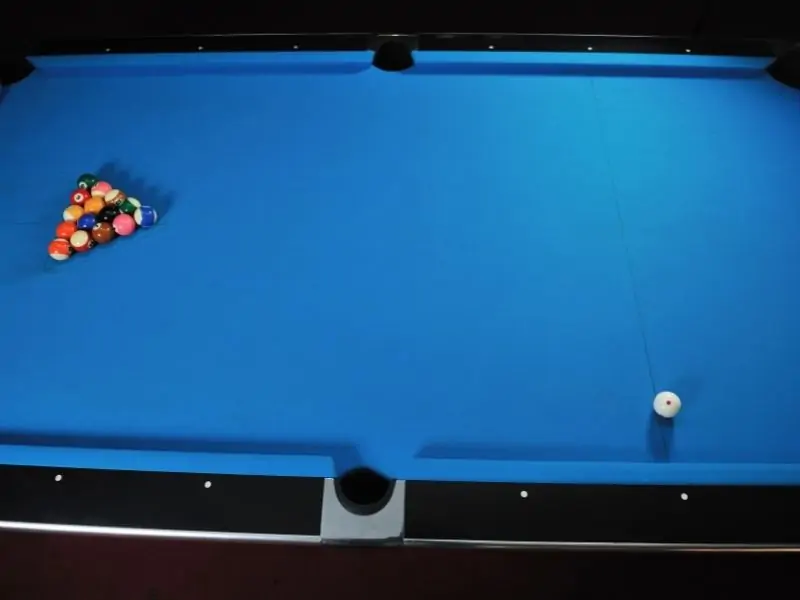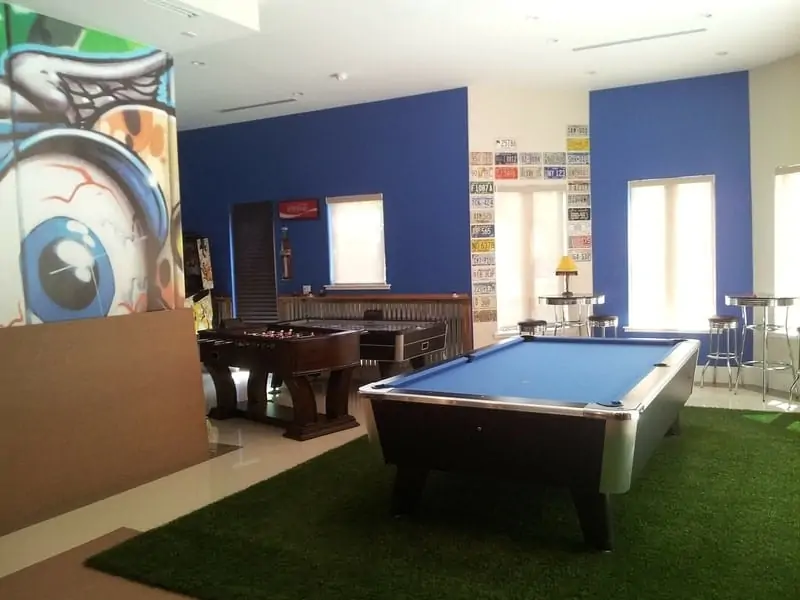Leveling a pool table is not rocket science, but it’s also not the easiest thing in the world to do. Whether your table has levelers in the legs or you’re using shims to level the table, it requires numerous adjustments. But, how do you know when you’re done leveling the table? After all, if you’re using a machinist’s level or other precise equipment, you may never get a perfect reading. So, how level does a pool table need to be?
Honestly, it depends. Most players are happy with a table that isn’t noticeably uneven. If you’re a professional (or aiming to be one) you may want to get it as level as possible. If not, making it level enough for fair play should be your aim.
Unless you make a decision about how level you want the table, you could be making adjustments for days without ever getting to perfect. So, before you start leveling, it’s important to decide on exactly how precise you want to be. I can help you do that.
Read on to discover the different ways to tell if your pool table is level enough, and how level it needs to be for your needs.
Deciding How Level Your Pool Table Needs to Be
As sad as it may seem, most of us aren’t going to be winning pool tournaments in the near future. But, that doesn’t mean you can’t get really good playing on a table at home. In fact, most professional players will tell you that their secret to success is hours and hours of playing pool. And for those hours to be effective, you need a level table. If you’re looking to get really good, you probably want to get the table as level as possible.
Related Article: How To Get Better At Pool: 22 Tips For Improving Your Game
But, that’s not for everyone. Some players want their table just level enough to play a fair game of pool on it. Still other players are simply annoyed when they shoot at that one corner pocket and the ball rolls away into the center of the table.
So, before you start messing with leveling the table, decide how precise you want to go, and know that it may take several hours to get there.
Different Ways to Tell If Your Pool Table Is Level
You may be wondering if your pool table is level to begin with. Maybe you’ve noticed that some balls make strange movements at a certain part of the table. Or maybe you’re just curious. If you’ve been playing on the same table for a while now, it’s likely that you’ve become accustomed to it, whether it’s level or not.
So, here are a few ways to tell if your table is level, from least precise to most:
Use A Pool Ball
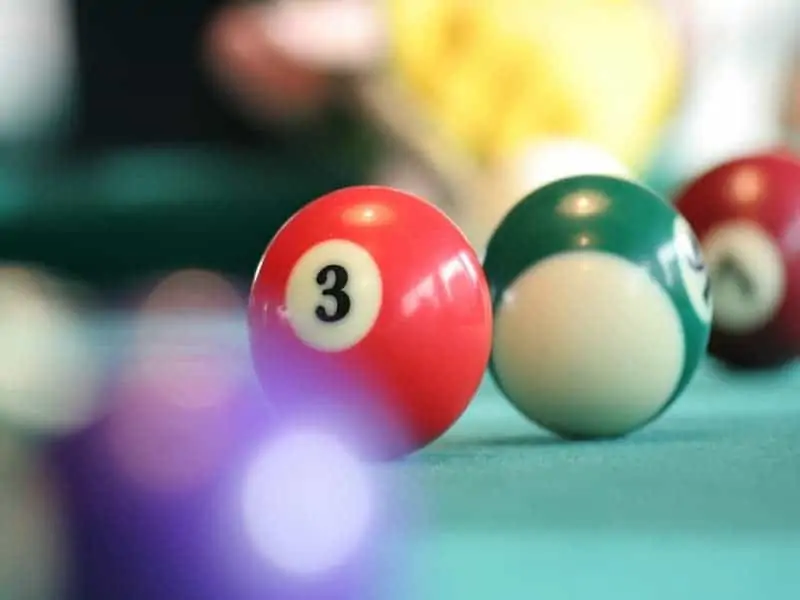
The least precise way to tell if your table is level is to use your billiard balls. You can do this with your hand or with a cue stick. If you use a cue stick, use the cue ball. If you use your hand, it doesn’t matter.
All you want to do is slowly roll the ball across the table every which way you can. A level table should allow the ball to travel in a relatively straight line. So the idea is to watch the ball as it travels for any irregularities. Do this longways, short ways, diagonal, and from each pocket to every other pocket. If you don’t see any noticeable irregularities, your table is level enough for fair play.
But, keep in mind that this is an imprecise tactic because human error can cause irregularities where there are none. Plus, watching a ball roll is not the best way to measure something. But it works if you’re not too concerned with precision.
Use A Pane of Glass and a Marble
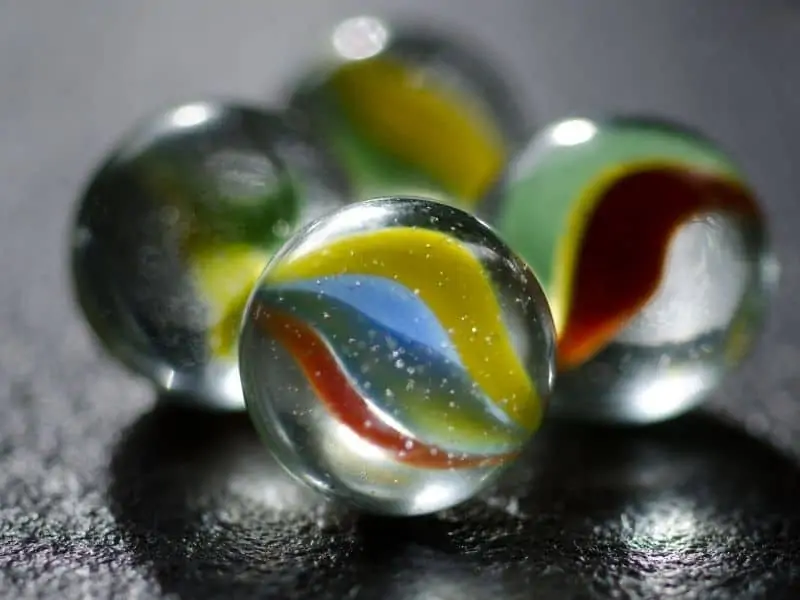
Lay a pane of glass (about the size of a hand mirror or slightly larger) down flat on the pool table surface. Place a marble in the center of the pane and see if the marble rolls. If it does, it’s rolling to the low side of the table. You can use this tactic at different spots around the table to get an idea of the high and low sides of the table.
Use a Carpenter’s Level or Smartphone App
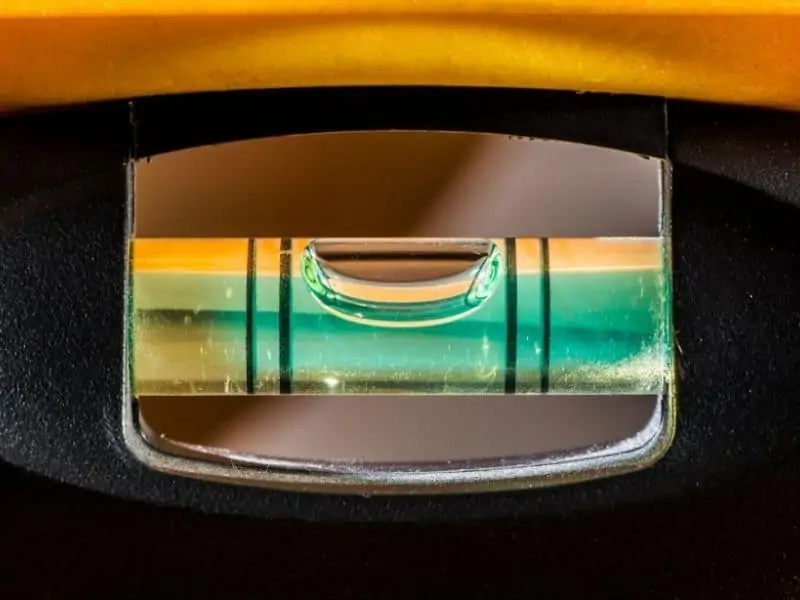
Carpenter’s levels are very inexpensive and work well for getting semi-precise measurements, on a pool table. For best results, use one that’s two feet long. The longer the level, the less precision you’ll get on the table if it’s a three-piece slate. But at the same time, a very small carpenter’s level won’t give you a great reading, either. A smartphone leveling app is thought to be about as accurate as a carpenter’s level when used on a pool table.
Use a Machinist’s Level
Machinist’s levels are incredibly expensive and incredibly precise. In fact, they may be too precise on the pool table. If you use a machinist’s level, I suggest putting it on top of a regular carpenter level to verify your initial findings after putting it on the playing surface itself. Most professional pool table levelers/movers use machinist’s levels when they put the pool table together.
Ways to Keep Your Table Level
Once you have your pool table level, there are things you can do to keep it that way. Or, rather, things you should avoid doing. Sitting on the table is one way you can take it out of true. Standing on a pool table is definitely a way to cause some damage. Storing heavy items on the table is also not a good idea if you’re trying to keep it level. If you do nothing but play pool on the table, it should stay level for a good, long time.
In Conclusion
In short, your pool table needs to be as level as you want it to be. For most people, slow rolling a ball on the table will tell them if it’s level enough. If you want to get more precise, use a pane of glass and a marble, a carpenter’s level, or a machinist’s level. But really, a decent table should be precision-leveled once at installation and only adjusted periodically after that.
If you’ve decided that your pool table isn’t as level as you want it to be but you don’t know how to level it, you’re in luck. Read my article about the fast and easy way to level a pool table.
Other Articles You May Be Interested In
- How to Level a Pool Table the Fast & Easy Way
- Buying a Used Pool Table? Here’s What You Need to Know
- How Far Does a Pool Table Need to Be Away From the Wall?
- Pool Table in the Garage? Here’s What You Need to Know
- Why Do Pool Balls Turn Yellow?
